
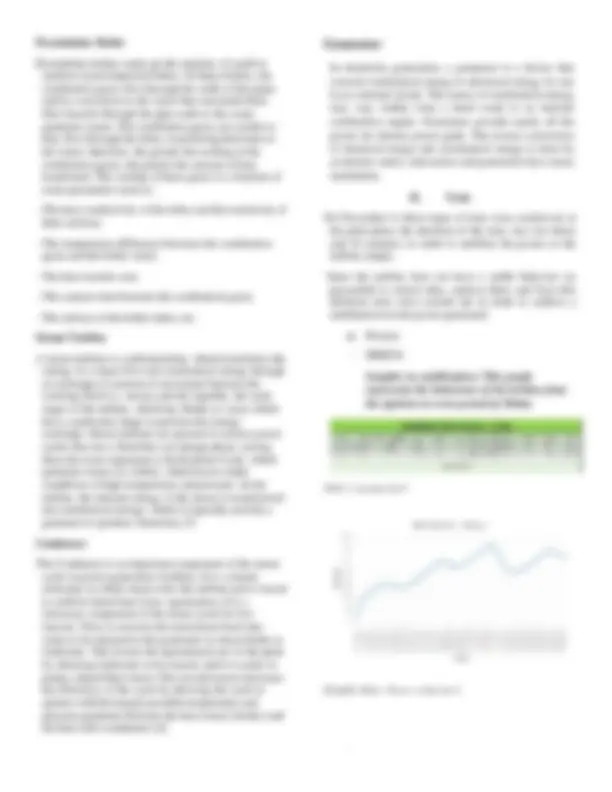
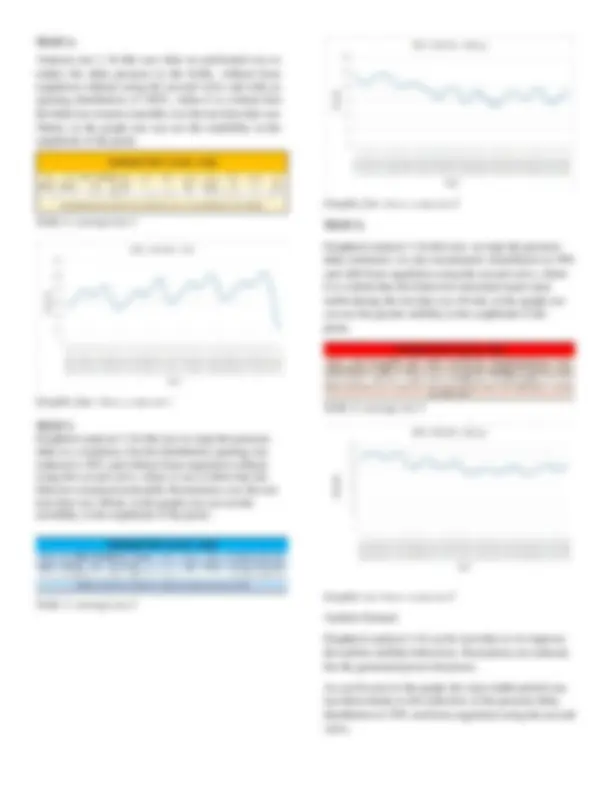
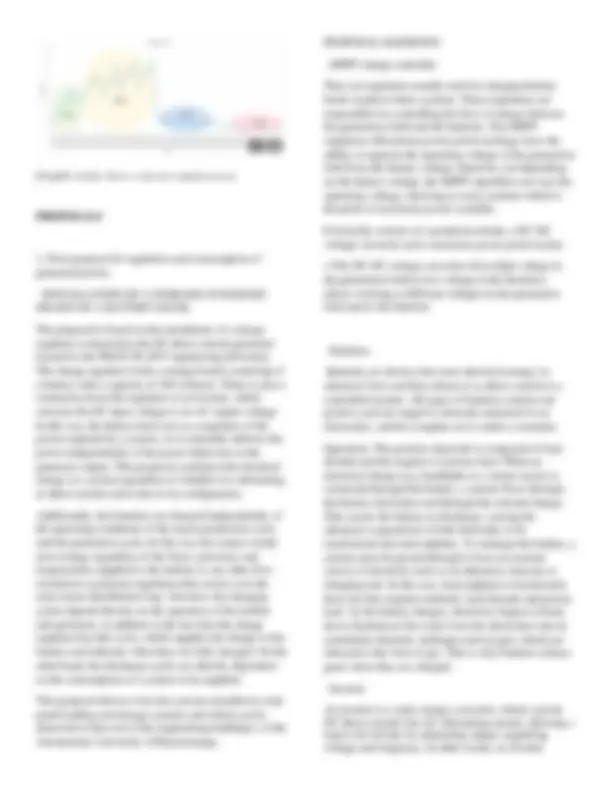
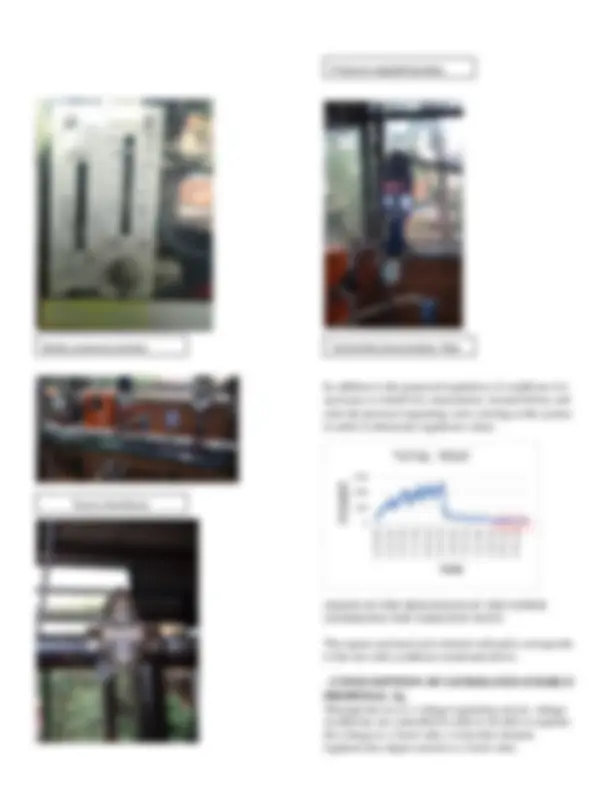
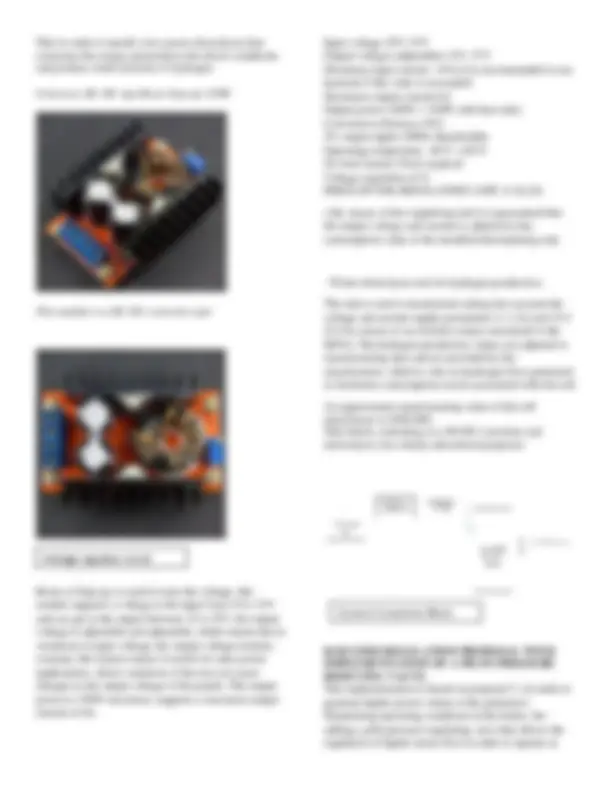
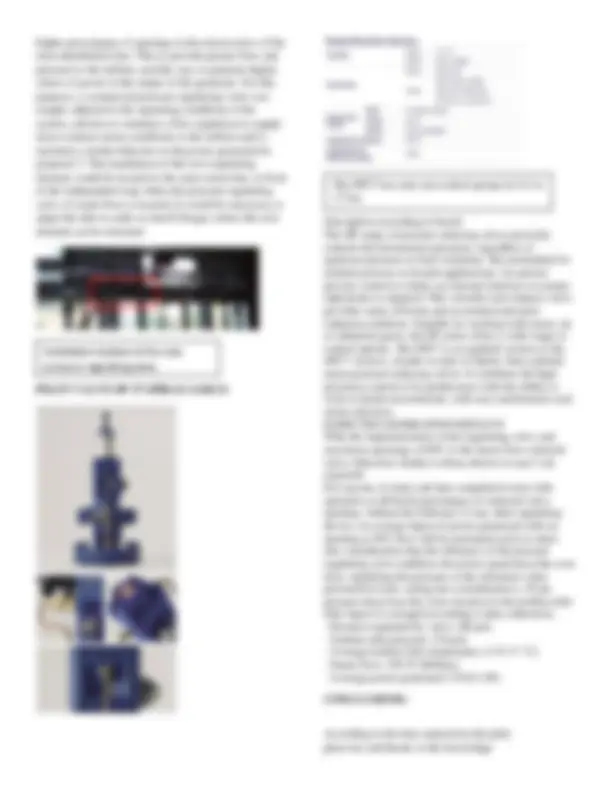


Prepara tus exámenes y mejora tus resultados gracias a la gran cantidad de recursos disponibles en Docsity

Gana puntos ayudando a otros estudiantes o consíguelos activando un Plan Premium


Prepara tus exámenes
Prepara tus exámenes y mejora tus resultados gracias a la gran cantidad de recursos disponibles en Docsity
Prepara tus exámenes con los documentos que comparten otros estudiantes como tú en Docsity
Los mejores documentos en venta realizados por estudiantes que han terminado sus estudios
Estudia con lecciones y exámenes resueltos basados en los programas académicos de las mejores universidades
Responde a preguntas de exámenes reales y pon a prueba tu preparación

Consigue puntos base para descargar
Gana puntos ayudando a otros estudiantes o consíguelos activando un Plan Premium
Comunidad
Pide ayuda a la comunidad y resuelve tus dudas de estudio
Descubre las mejores universidades de tu país según los usuarios de Docsity
Ebooks gratuitos
Descarga nuestras guías gratuitas sobre técnicas de estudio, métodos para controlar la ansiedad y consejos para la tesis preparadas por los tutores de Docsity
This document delves into the analysis and optimization of a steam generator system operating on the rankine cycle. It provides a detailed explanation of the cycle's components, including the boiler, turbine, condenser, and generator. The document also presents test results and proposes solutions for improving the system's efficiency and stability. It explores the use of mppt charge controllers, batteries, and inverters for energy storage and management. Valuable for understanding the principles of steam power generation and the challenges associated with optimizing system performance.
Tipo: Monografías, Ensayos
1 / 11

Esta página no es visible en la vista previa
¡No te pierdas las partes importantes!







Abstract : this article will analyze the implementation of the most optimal proposal. To stabilize the behavior of the turbine, the stabilization process will be evaluated with three different proposals each with their relevant tests, to proceed to choose the most favorable for the process. The stabilization of the turbine behavior I a critical aspect since what we are looking for in this way is to maintain a stable output power. I. INTRODUCTION In this laboratory report we will show the behavior of the turbine we have in the pilot plant, we will show data and graphs of the input and output behavior; Three proposals for energy optimization will be shown. We will work only with the boiler and the turbine, without opening the way to the other elements. Our main objective is to stabilize the power released by the turbine. I. CONCEPTUAL FRAME The ideal Rankine cycle does not include any internal irreversibility and is composed of the following four processes: 1 - 2 Isentropic compression in a pump 2 - 3 Addition of heat at constant pressure in a boiler 3 - 4 Isentropic expansion in a turbine 4 - 1 Heat rejection at constant pressure in a condenser Fig 1. diagram of the steam generator system Fig 2. T-s diagram for the Rankine cycle. [1] The water enters the pump in state 1 as a saturated liquid and condenses isentropically up to the operating pressure of the boiler. The water temperature increases slightly during this isentropic compression process due to a slight decrease in the specific volume of water. [1]
Duarte S. Ivan Andres, Duran H. Hermes, Medina M. Melitza, Toloza B Nino, Jaimes B. Robin. Faculty of Energy Engineering, UNAB Bucaramanga, Colombia
The water enters the boiler as a compressed liquid in state 2 and exits as superheated steam in state 3. The boiler is basically a great heat exchanger where heat originating in flue gases is transferred to water essentially to constant pressure. The boiler, together with the section (superheater) where the steam overheats, is called a steam generator. The superheated steam in state 3 enters the turbine where it expands isentropically and produces work by rotating the shaft connected to an electric generator. The pressure and temperature of the steam decreases during this process to values in state 4, where the steam enters the condenser. In this state the steam is usually a high- quality wet steam. The steam condenses at constant pressure in the condenser, which is basically a large heat exchanger, rejecting the heat to a low temperature, cooling medium such as a lake, a river or the atmosphere. The steam exits the condenser as a saturated liquid and enters the pump, completing the cycle. Such a power station uses the Rankine cycle. This is the cycle of the steam produced in the boiler, then taken to the Steam turbine (prime mover). From the turbine the steam is cooled back to water in the Condenser, the resulting water is fed back into the boiler to repeat the cycle. I. OPERATIONAL FRAME
This diagram represents the instrumentation and control of the process constituted by the pilot plant steam generator system. It is based on a Rankine cycle and in this diagram, you can appreciate the different work teams that make up the Rankine cycle. A centrifugal pump that drives water and a stream of gas, feed the boiler to generate steam and thus pass through the respective steam turbine which in turn rotates the shaft to a DC generator. Subsequently, the steam passes through a condenser that, as this indicates, fulfills the action of condensing the steam coming from the turbine in order to finish the cycle in a condensate tank and in this way recirculate. Fig 2. P&ID diagram of the pilot plant steam generator system. Own source The PFD diagram of the steam generator system of the Pilot Plant, traces a representation of a process flow diagram where the process is developed. Based on a Rankine cycle, the steam generator system consists of their respective equipment: Centrifugal pump, boiler, steam turbine, condenser. Fig 3. PFD diagram of the pilot plant steam generator system. Own source. Centrifugal Pump The basic centrifugal pump consists of a rotating disk molded into vanes referred to as the impeller. The impeller is encased in a housing to channel and direct the produced liquid flow. Water enters near the center of the impeller; whereby motion is imparted to the fluid through the rotation of the vanes and the water is then discharged though the outlet of the casing. By varying the designs and arrangements of centrifugal pumps, they can be constructed to suit specific needs or requirements.[2] Boiler Fuel and air are mixed and burned in a furnace in this system. The result of combustion is the conversion of the chemical energy of the fuel into thermal or heat energy. The heat transfer surface in the form of tubes through which they circulate is aligned with the furnace. These tubes receive radiant heat from the flame and transfer it to the water side of the system.
Analysis test 1: In this test what we performed was to reduce the delta pressure in the boiler, without bone regulation without using the second valve and with an opening distribution of 100%, where it is evident that the behavior remains unstable over the test time that was 40min, in the graph you can see the instability in the amplitude of the peaks. Table 2. average test 1 Graphic four. Power vs time test 1 TEST 2 Graphical analysis 2: In this test we kept the pressure delta to a minimum, but the distribution opening was reduced to 30% and without bone regulation without using the second valve, where it was evident that the behavior remained noticeable fluctuations over the test time that was 40min, in the graph you can see the instability in the amplitude of the peaks. Table 3. average test 2 Graphic five. Power vs time test 2 TEST 3: Graphical analysis 3: In this test, we kept the pressure delta minimum, we also maintained a distribution at 30% and with bone regulation using the second valve, where it is evident that the behaviors remained much more stable during the test that was 40 min, in the graph you can see the greater stability in the amplitude of the peaks. Table 4. average test 3 Graphic six. Power vs time test 2 Analisis General Graphical analysis 4: It can be seen that as we improve the turbine stability behaviour, fluctuations are reduced, but the generated power decreases. As can be seen in the graph, the most stable period was test three thanks to the reduction of the pressure delta, distribution to 30% and bone regulation using the second valve.
Graphic seven. Power vs time test complete process PROPOSALS
energy is the proposed installation of an electrolyzer of cells for the production of hydrogen. SPECIFICATIONS OF THE ELECTROLYZER
condition is established so that the pressure regulating valve operates more optimally and better regulates the steam circulating through it. It should be noted that the pressure regulating valve in the circuit operates at medium and low steam flows. These operating conditions shown above were implemented in the generation circuit (boiler, turbines, generator, etc.) showing satisfactory results regarding the oscillation of the generated power data, where a favorable stability criterion was achieved with respect to other cases of analysis. Likewise, due to circuit operation configurations, optimal steam supply conditions are not provided to the turbine, with low power values (34-37) [W], average generated power of 35.5[W], average current of 1.1 [A], and average voltage of 32.27 [V].
In addition to the proposed regulation of conditions it is necessary to install two manometers, located before and after the pressure regulating valve existing in the system in order to determine regulation values. GRAPH OF THE BEHAVIOUR OF THE POWER GENERATED FOR VARIATION TESTS. The region enclosed and coloured with pink corresponds to the test with conditions mentioned above.
Through the use of a voltage regulating circuit, voltage oscillations are controlled in order to be able to regulate the voltage to a fixed value, in turn this element regulates the output current to a fixed value. Boiler pressure control. Steam distributor Pressure regulating valve Controlled electrovalve, flow regulator.
higher percentages of openings in the electrovalve of the main distribution line. This to provide greater flow and pressure to the turbine, and this way to generate higher values of power at the output of the generator. For this purpose, a commercial pressure regulating valve was sought, adjusted to the operating conditions of the system, and also to maintain a flow regulation to supply more constant steam conditions to the turbine and to maintain a similar behavior in the power generated in proposal 2. The installation of this new regulating element would be located in the main steam line, in front of the independent loop where the pressure regulating valve of small flows is located. It would be necessary to adapt the tube in order to install flanges where this new element can be mounted PILOT VALVE DP 27 SPIRAX SARCO Description according to brand: The DP range of pressure reducing valves precisely controls the downstream pressure, regardless of upstream pressure or load variations. Recommended for medium process or branch applications, for precise process control or where an external interface or remote adjustment is required. This versatile and compact valve provides many efficient and economical pressure reduction solutions. Suitable for working with steam, air or industrial gases, the DP series offers a wide range of control options. The DP27 is an updated version of the DP17 version, a leader in sales of Spirax Sarco piloted steam pressure reducing valves. It combines the high precision control of its predecessor with the ability to work in harsh environments, with easy maintenance and easier selection. EXPECTED GENERATION RESULTS With the implementation of the regulating valve and maximum openings of 60% in the steam flow solenoid valve, behaviors similar to those shown in case 2 are expected. For reasons of study and data compiled in tests with operation at different percentages of solenoid valve opening, without the influence of any other regulating device, an average figure of power generated with an opening at 50% flow will be estimated and it is taken into consideration that the influence of the pressure regulating valve stabilizes the power generation line over time, regulating the pressure at the minimum value presented in tests, taking into consideration a 10 psi pressure drop from the valve location to the turbine inlet (this figure is averaged according to data collection).
provided by some teachers, we conclude that the best proposal for the stabilization of the power generated by the turbine and the use of the energy generated by it, is the following: A charge regulator will be implemented at the exit of the turbine, since although much more stabilization has been achieved, there are still small oscillations that with the charge regulator (battery) it will be possible to maintain constants. Once our values are constant over time we adapt it to an inverter which is a device that changes or transforms a direct current input voltage to a symmetrical alternating current output voltage, with the magnitude and frequency desired by the user. Once our alternating current voltage is obtained, we will use it to charge a battery, which once charged, can be used for multiple applications.
150W, C. (nd). Convertidor DC-DC tipo Boost Step-up 150W - VISTRONICA SAS. [en línea] Vistronica.com. Disponible en: https://www.vistronica.com/fuente-de- voltaje/conversores-dc-dc/convertidor-dc-dc-tipo- boost-step-up-150w- detail.html?gclid=EAIaIQobChMI8terr- _q5QIVh5WzCh1bEA67EAQYASDEBK [Consultado en noviembre de 2019]. Amazon.com (Dakota del Norte). [en línea] Disponible en: https://www.amazon.com/Thor-TH1000- 1000 - Power-Inverter/dp/B002NH9UEA [Consultado en noviembre de 2019]. Articulo.mercadolibre.com.co. (Dakota del Norte). Mercado Libre Colombia - Donde comprar y vender de todo. [...] 1 [Consultado en noviembre de 2019]. Carpio, N. (nd). ¿Cómo funcionan los reguladores de carga solar PWM y MPPT?. [en línea] Monsolar. Disponible en: https://www.monsolar.com/blog/como-funcionan- los-reguladores-de-carga-solares-pwm-y-mppt/ [Consultado en noviembre de 2019]. Inversor, C. (nd). Cómo Funciona un Inversor: Esquema y maniobras. [en línea] Mppt Solar. Disponible en: https://www.mpptsolar.com/es/esquema- funcionamiento-inversor.html [Consultado en noviembre de 2019]. Magna, B. (sf). BATERIA 12V 100AH MAGNA. [en línea] AMVAR WORLD. Disponible en: https://www.amvarworld.com/es/baterias-12v- 100ah-gel-ag/1268-bateria-12v-100ah- magna.html [Consultado en noviembre de 2019]. solares, R. y MPPT, R. (nd). Reguladores solares MPPT, studer, outback, victron. [en línea] Monsolar.com. Disponible en: https://www.monsolar.com/fotovoltaica- aislada/reguladores-de-carga/reguladores- mppt.html [Consultado en noviembre de 2019]. Spiraxsarco.com. (Dakota del Norte). Válvulas reductoras y limitadas de presión | Mexico | Spirax Sarco. [en línea] Disponible en: https://www.spiraxsarco.com/global/es- MX/products/control-systems/pressure- reducing-and-surplussing-valves [Consultado en noviembre de 2019]. Yuasa (Dakota del Norte). Dispositivos de las baterías - Yuasa. [en línea] Disponible en: https://www.yuasa.es/informacion/automocion- comercial-servicios-nautica/funcionamiento-de-las- baterias/ [Consultado en noviembre de 2019].